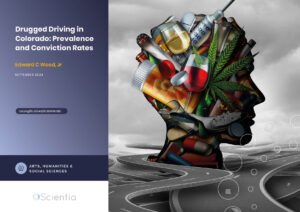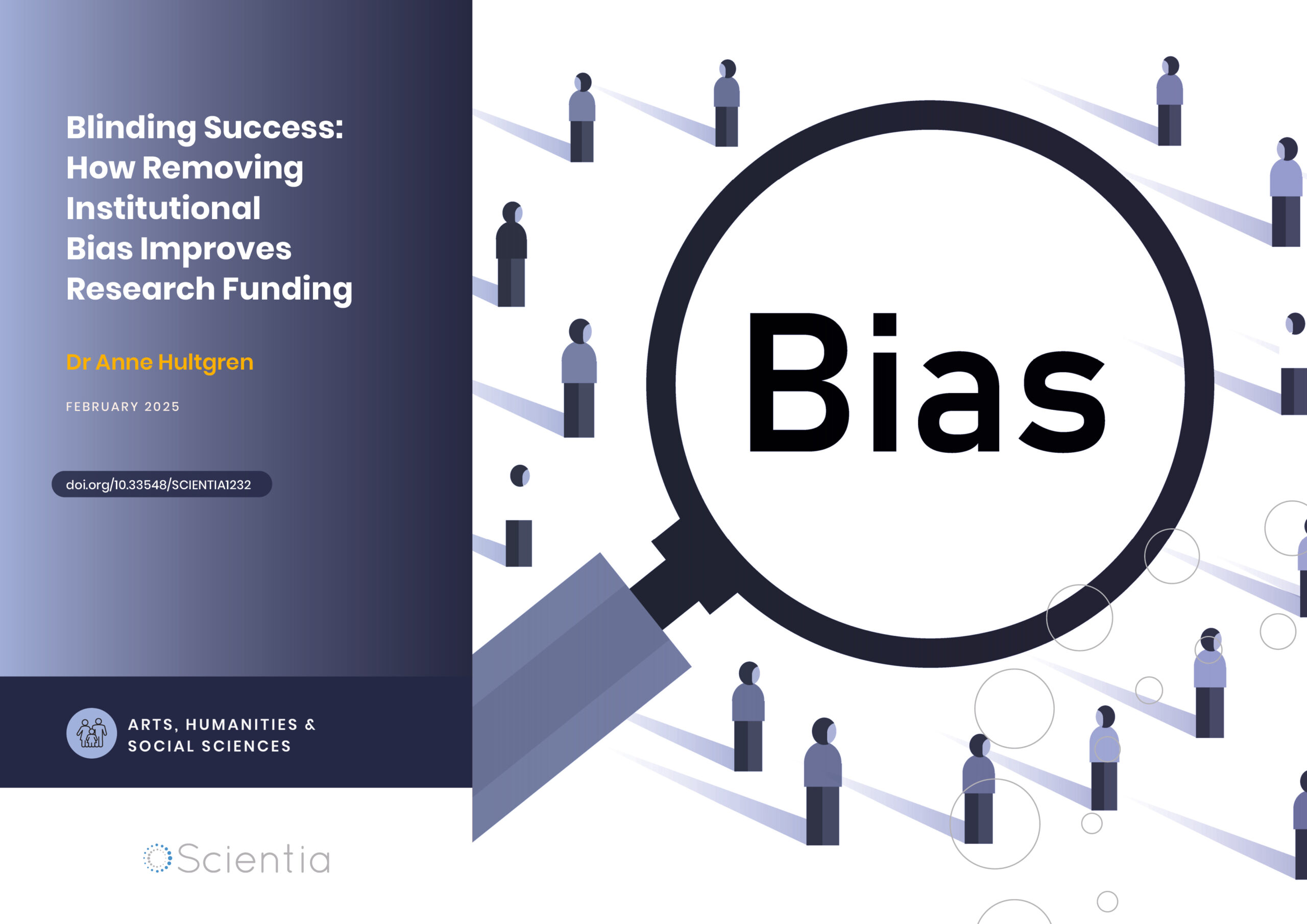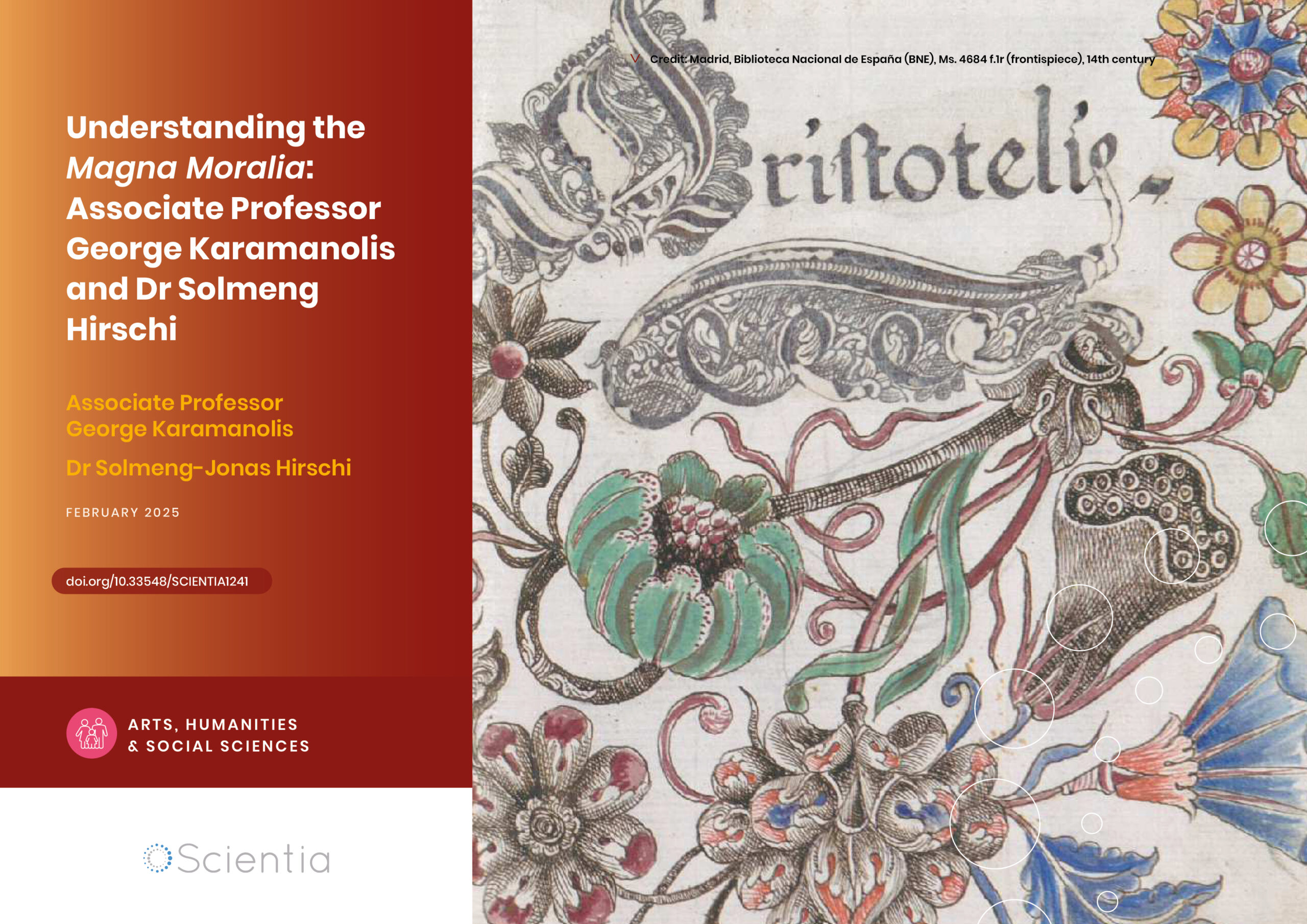DUID Victim Voices | Drugged Driving in Colorado: Prevalence and Conviction Rates
Driving under the influence of drugs (DUID) poses significant risks on our roads, but accurately detecting and prosecuting such cases remains challenging. After the tragic loss of his son Brian at the hands of two drugged drivers, Edward Wood has championed the voices of victims across the USA by founding the organisation DUID Victim Voices to help prevent further deaths. In 2023, he conducted a comprehensive analysis of Colorado’s drugged driving data, shedding light on the prevalence of drug-impaired driving and the effectiveness of current laws. This vital research provides crucial insights to inform policy and improve road safety in an era of changing drug legislation, which is frequently based on political expediency and public opinion rather than solid data.
The Complexities of Drugged Driving
Most of us are familiar with the dangers of drinking and driving; historically, proving driver impairment due to alcohol was challenging, but by the mid-1960s, a clear correlation had been established between blood alcohol content and crash risk. This led to the widespread adoption of legal alcohol limits for drivers, which significantly reduced alcohol-related traffic fatalities.
Drug-impaired driving presents a more complex challenge for law enforcement and policymakers. No such correlation exists between driver impairment and blood levels of the principal psychoactive constituent of cannabis (delta-9 tetrahydrocannabinol, or THC). This makes it challenging to establish similar laws for marijuana-impaired driving. This lack of a reliable measure complicates law enforcement efforts and impacts victims of drugged driving incidents.
This complexity has become increasingly relevant in recent years as more US states legalise cannabis for medical or recreational use. While proponents argue that legalisation brings economic benefits and reduces criminalisation, concerns remain about potential increases in drugged driving. To effectively address this issue, policymakers need accurate data on how prevalent drug-impaired driving really is and how well current laws are working to prosecute offenders.
Colorado’s Unique Approach to Tracking Drugged Driving
In 2017, Colorado mandated annual analyses of driving under the influence (DUI) offences, including both alcohol and drugs. This initiative requires the state’s Office of Research and Statistics to link toxicology data with court records, providing a comprehensive picture of DUI cases from charge to conviction. Edward Wood, president of DUID Victim Voices, recognised the value of this data and set out to conduct an in-depth analysis. His study offers valuable insights into the prevalence of drugged driving in Colorado and the effectiveness of the state’s laws in prosecuting offenders.
Uncovering the True Extent of Drugged Driving
One of Wood’s primary objectives was to determine how common drugged driving is among Colorado drivers convicted of DUI. He found that approximately half of DUI cases involved drug use, with polydrug impairment being more common than impairment by a single substance like THC. Conviction rates varied significantly, with alcohol-only and polydrug cases having higher conviction rates (around 90%) compared to THC-only cases (72%). The study found that conviction rates for THC cases were heavily influenced by blood drug levels and specific legal charges, ranging from 11% to 100%. This wide range highlights the complexity of prosecuting THC-related DUI cases compared to alcohol-related ones.
The Impact of Legal Limits
Colorado, like many jurisdictions, has established legal limits for both alcohol and THC in a driver’s bloodstream. THC-related DUI convictions were significantly less likely than alcohol-related ones, even when drivers were above the legal limit. For THC levels above the permissible inference limit, the conviction rate was 65%, compared to 92% for alcohol above the legal limit. Notably, for THC levels below 5 ng/mL, DUI convictions were rare (9%), but Driving While Ability Impaired (DWAI) convictions remained extremely high (99%) regardless of THC blood levels. These findings suggest that the 5ng THC limit may make it very difficult to convict drivers with lower THC levels who might still be impaired.

The Complexity of Colorado’s DUI Laws
To fully understand the conviction rates, it is crucial to consider Colorado’s unique legal structure for impaired driving offences. The state has two distinct charges: Driving Under the Influence (DUI), defined as being ‘substantially incapable of safe driving’, and (DWAI), defined as being ‘impaired to the slightest degree’. DUI is the more serious charge, while DWAI is often used in plea bargains or for less severe cases. Interestingly, the 5ng THC limit applies only to DUI charges, not to DWAI.
Wood’s analysis of conviction rates for these two charges revealed some striking differences. For alcohol-only cases, DUI conviction rates averaged 91%, while DWAI rates were 97%. For THC-only cases, DUI conviction rates were just 46%, but DWAI rates were a staggering 99%. These figures suggest that the 5ng THC limit, combined with the stricter definition of DUI, makes it very difficult to convict cannabis-impaired drivers of the more serious charge. However, prosecutors seem to have little trouble securing DWAI convictions, regardless of THC blood levels.
The Politics of Cannabis Legalisation
As 2024 is an election year in the US, the current administration is taking various actions to gain voter support. One such initiative is the proposed rescheduling of marijuana from Schedule I to Schedule III by the Drug Enforcement Administration. Wood notes that the Drug Enforcement Administration is resisting this proposal but believes that they may be overruled by the Department of Justice.
Despite his belief that the decision to reschedule is likely already determined, Wood has requested to testify at a possible Department of Justice hearing. He feels that in their eagerness to relax the already minimal restrictions on marijuana commercialisation, government regulators have failed to consider the potential impact on traffic safety adequately. Furthermore, this oversight represents a significant dereliction of their duty to protect public welfare.
Wood strongly believes that the current preventable tragedy of drugged driving will only get worse if the Department of Justice proposal is accepted. He concludes that ‘until a reliable THC driving impairment assessment technology is available, it is irresponsible to promote, enable commercialisation of, or to legalise the sale and use of marijuana’.
SHARE
DOWNLOAD E-BOOK
REFERENCE
https://doi.org/10.33548/SCIENTIA1081
MEET THE RESEARCHER

Edward C Wood, Jr
DUID Victim Voices
Littleton, CO
USA
Ed Wood, president of DUID Victim Voices, has a BS degree in chemistry from Harvey Mudd College and an MBA from the University of Colorado, Boulder. He retired as CEO of the medical device company COBE BCT, Inc. (now Terumo BCT, Inc). His pioneering work in the field of drugged driving prevention was inspired by the tragic death of his son Brian, who was killed by two drug-impaired drivers at the wheel of one vehicle. After the disappointing and puzzling jury trial of one of the drivers, Wood spent years working with and learning from victims, prosecutors, defence attorneys, judges, toxicologists, legislators, state officials, and an international list of researchers and other specialists in his quest to learn the causes of this miscarriage of justice. He has published several peer-reviewed publications on the issue of drugged driving and has been a frequent speaker on the topic. Prompted by a recommendation from the Governors Highway Safety Association, he wrote the 2017 law requiring Colorado to begin collecting and reporting data on drug-impaired driving.
CONTACT
E: edwood27@icloud.com
KEY COLLABORATORS
Allison Rosenthal, Office of Research and Statistics, Colorado Department of Public Safety
FURTHER READING:
E Wood, Colorado drugged driving prevalence and impaired driving conviction rates: Effects of impaired driving definitions and a 5-nanogram limit for delta-9 tetrahydrocannabinol, Traffic Injury Prevention, 2023, 25(3), 338–344. DOI: https://doi.org/10.1080/15389588.2023.2296865
E Wood, S Salomonsen-Sautel, DUID Prevalence in Colorado’s DUI Citations, Journal of Safety Research, 2016, 57, 33–38. DOI: https://doi.org/10.1016/j.jsr.2016.03.005
E Wood, A Brooks-Russell, P Drum, Delays in DUI blood testing: Impact on cannabis DUI assessments, Traffic Injury Prevention, 2016, 17(2), 105–108. DOI: https://doi.org/10.1080/15389588.2015.1052421

REPUBLISH OUR ARTICLES
We encourage all formats of sharing and republishing of our articles. Whether you want to host on your website, publication or blog, we welcome this. Find out more
Creative Commons Licence (CC BY 4.0)
This work is licensed under a Creative Commons Attribution 4.0 International License. 
What does this mean?
Share: You can copy and redistribute the material in any medium or format
Adapt: You can change, and build upon the material for any purpose, even commercially.
Credit: You must give appropriate credit, provide a link to the license, and indicate if changes were made.
SUBSCRIBE NOW
Follow Us
MORE ARTICLES YOU MAY LIKE
The Decline of Volunteering in America: Economic Factors and Rural-Urban Differences
Volunteering rates have been declining across the US in recent decades, raising concerns about the health of civil society and local communities. Researchers Dr Rebecca Nesbit, Dr Laurie Paarlberg, and their colleagues have investigated the complex economic and geographic factors contributing to this trend. Their work sheds light on how economic conditions, rural-urban differences, and community characteristics shape volunteering behaviors across the country.
Dr Anne Hultgren | Blinding Success: How Removing Institutional Bias Improves Research Funding
New research from the Arnold and Mabel Beckman Foundation shows that blinding grant reviewers to applicants’ institutions leads to fairer funding decisions, particularly benefiting early-career scientists from less prestigious universities. The findings demonstrate how simple changes to review processes can help combat systemic biases in research funding.
Understanding the Magna Moralia: Associate Professor George Karamanolis and Dr Solmeng Hirschi
The Magna Moralia is one of the three ethical works attributed to Aristotle in antiquity, next to the Eudemian Ethics and the Nicomachean Ethics. However, the Magna Moralia has not been studied as extensively as the other two treatises, with research focusing largely on the question of authorship and much less on the ethical theory. The team at the University of Vienna aims to establish a new critical edition of the Magna Moralia, to offer a fresh English translation, and to prepare a philosophical commentary. The project will enable a future re-appreciation of the Magna Moralia while contributing to a better understanding of the development of Aristotelian ethics.
Dr Festus O Amadu | The Forests of Liberia: A Pathway to Poverty Alleviation and Food Security
In Liberia, half of the population lives within 2.5 kms of a forest. Many households rely on these delicate ecosystems to support themselves. A recent study by Dr Festus O Amadu at Florida Gulf Coast University and Dr Daniel Miller at the University of Notre Dame sees sustainable forest management as a positive force in improving livelihoods and environmental outcomes in Liberia. The authors have produced a landmark national analysis of how participation in the ‘forest sector’ impacts Liberian households – providing policymakers with the evidence they need to prioritise development programmes.





